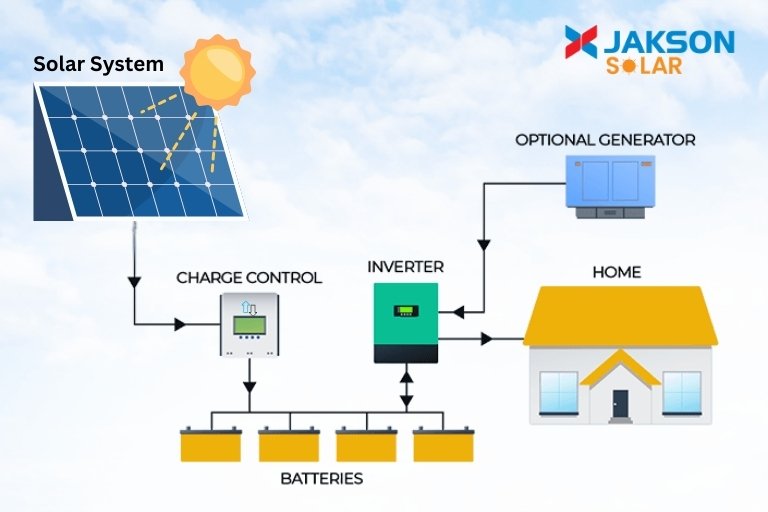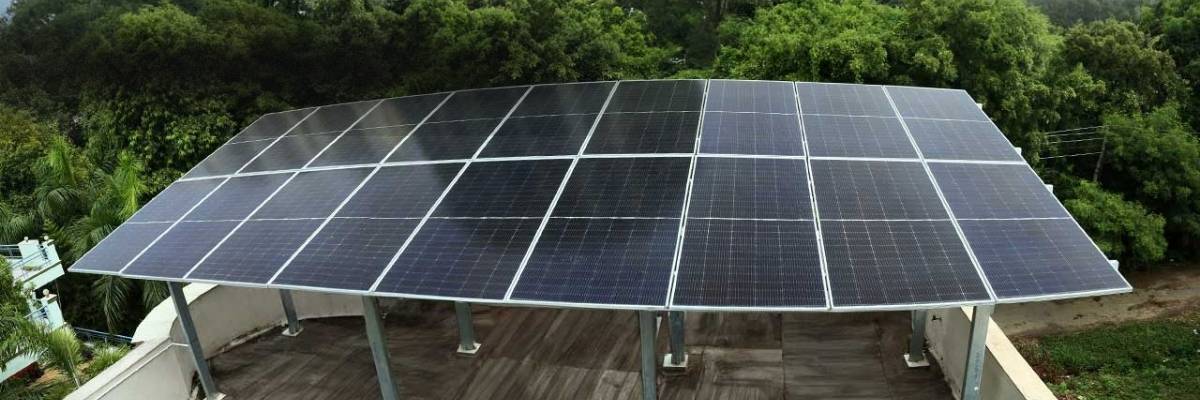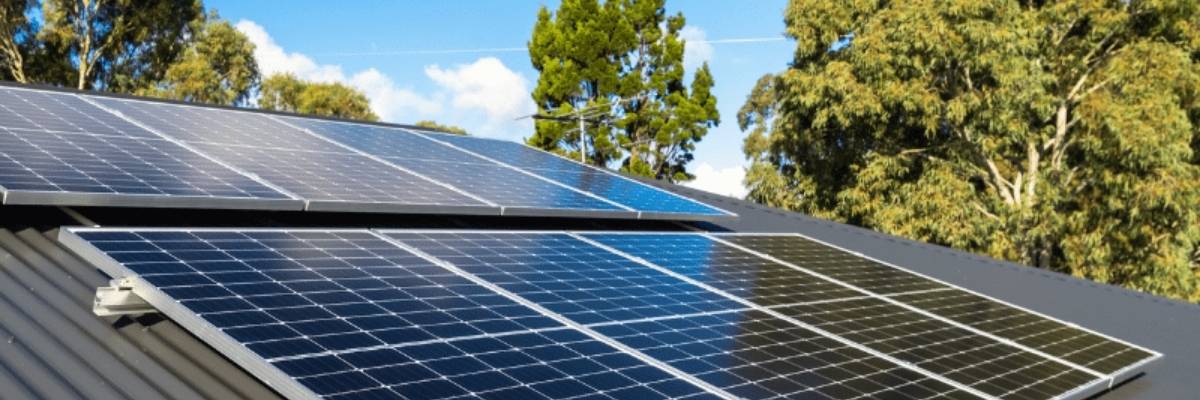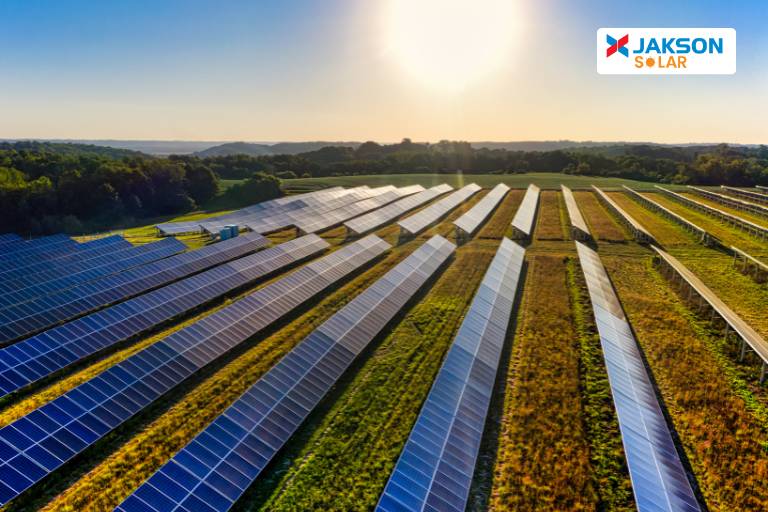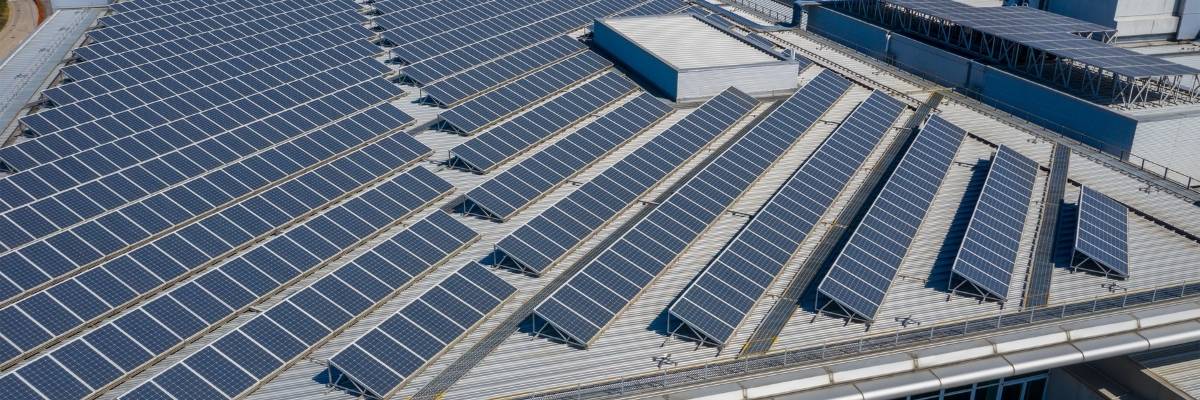India’s strides in sustainable energy are both impressive and forward-thinking. With over 81 GW of total installed solar capacity, 46 GW of wind energy, 9.43 GW of biomass cogeneration, and 5 GW of small hydro, the nation has secured its position among the global leaders in renewable energy adoption.
Ambitious targets aim to bolster this leadership, including achieving 500 GW of non-fossil fuel capacity by 2030, with renewables contributing to 50% of the energy mix. Moreover, commitments to reducing carbon intensity and achieving net-zero emissions by 2070 underscore India’s determination to combat climate change effectively.
In line with these targets, India is actively promoting leadership in clean energy. The latest interim budget unveiled several initiatives for the clean energy sector. A major highlight in this regard was the Pradhan Mantri Suryodaya Yojana, which aims to solarise approximately 1 crore households, enabling them to receive up to 300 units of free electricity per month. In addition to this, several other initiatives were introduced, including viability gap funding for wind energy, battery storage, financial assistance for the procurement of biomass aggregation machinery, bolstering the e-vehicle ecosystem, and schemes focusing on bio-manufacturing and bio-foundry.
As India continues to champion innovation and collaboration in the realm of sustainable energy, its influence resonates globally, inspiring nations to embrace renewable energy solutions and work towards a cleaner, more resilient future.
As we reflect on the remarkable milestones achieved in India’s renewable energy sector, especially the solar energy domain, it becomes evident that these accomplishments serve as a testament to our nation’s dedication to a sustainable future. However, they also pave the way for even greater strides in the years to come. Let’s draw a parallel between what was achieved in the last fiscal year and what lies ahead in FY 2024-25.
Surpassing Solar Targets
India is on its way to achieving its ambitious goal of reaching 100 GW of solar energy capacity, showcasing our commitment to scaling up solar power infrastructure. This achievement lays the foundation for further expansion and innovation in the solar sector.
In the coming years, India is poised to continue its momentum in solar energy deployment. With 81+ GW already achieved, the nation is on track to exceed current targets and set new benchmarks for solar capacity by leveraging advancements in technology and policy support.
Soaring Solar Generation
India’s substantial increase in solar power generation, marked by an approximate 30% year-over-year growth, underscores our dedication to sustainable practices and the successful implementation of solar installations.
In a noteworthy stride for India’s solar energy sector, the nation achieved a remarkable milestone by installing 20 GW of solar module manufacturing capacity and an additional 3.2 GW of solar cell manufacturing capacity in 2023. This advancement has raised India’s total solar module manufacturing capacity to 50+ GW and solar cell manufacturing capacity to 6 GW as of December 2023, according to reports.
In this fiscal year, we anticipate further exponential growth in solar generation as more solar projects come online and technology efficiencies improve. With an increased focus on grid modernisation and storage solutions, India is poised to become a global leader in solar energy production, paving the way for a cleaner and greener future.
Growth in Solar Open Access Installations
The significant uptick in solar open-access installations reflects a growing trend towards decentralised solar power systems, contributing to a more resilient and distributed energy infrastructure.
Looking ahead, the upcoming years hold promise for the continued expansion of solar open-access installations, driven by supportive policies and increasing demand from industries and commercial entities. As awareness of the benefits of renewable energy grows, we anticipate a surge in investments in decentralised solar projects, further diversifying India’s energy mix.
Solar Parks: A Transformative Initiative
The approval and development of solar parks across various states signify a transformative step towards achieving our renewable energy goals, positioning India as a solar powerhouse.
In the upcoming years, the focus will be on maximising the utilisation of existing solar parks while identifying new sites for development. With advancements in land management and technology, India aims to accelerate the deployment of solar parks, driving down costs and increasing accessibility to clean energy.
Budget Boost for Solar Power
The significant increase in budget allocation for the solar power sector underscores the government’s unwavering commitment to a sustainable energy future, providing the necessary financial support for grid, off-grid, and projects like Pradhan Mantri Kisan Urja Suraksha evam Utthaan Mahabhiyan Yojana, Pradhan Mantri Suryodaya Yojana, and New Solar Power Scheme (for PVTG Habitations/Villages) under PM JANMAN.
In 2024, the increased budgetary allocation will be instrumental in accelerating the pace of solar project deployment and innovation. With a focus on research and development, as well as capacity building, India aims to foster a robust ecosystem for solar energy, driving down costs and increasing accessibility for all segments of society.
In line with India’s vision, the ambitious expansion plans of the Jakson Group highlight the growing opportunities in the solar manufacturing sector and the private industry’s commitment to contributing to India’s solar energy goals.
Projections for Renewable Growth
Research projections anticipate a significant increase in India’s installed renewable energy capacity by 2025, driven by increased tendering activity and sustained growth in the sector.
The focus will be on accelerating the pace of renewable energy deployment across various technologies, including solar, wind, and hydro. With supportive policies and incentives, India is well-positioned to surpass projections and emerge as a global leader in renewable energy adoption, driving economic growth and environmental sustainability.

In conclusion, India’s journey in recent years exemplifies a nation steadfast in propelling its solar energy sector forward. With ambitious targets, supportive policies, and transformative initiatives, India is not only envisioning but actively realising a cleaner and sustainable energy future.
As of now, Jakson Solar’s energy landscape boasts a substantial foundation with 4+ GW capacity for Solar EPC Projects, 1 GW for Solar IPP Plants, and 1.2 GW for Solar Module Manufacturing. Additionally, our Operations and Maintenance (O&M) portfolio exceeds 3.5 GW, showcasing our commitment to the entire value chain of solar energy management, which is likely to increase to 5+ GW by the end of next year.
Looking ahead, our target by 2025 includes ramping up our solar module manufacturing capacity to 3.5 GW, along with foraying into cell manufacturing (2.5 GW), and other potential growth targets, signalling a significant leap in domestic manufacturing capabilities.
This commitment to expanding our solar infrastructure will play a pivotal role in achieving the national goal of renewable energy targets. By increasing our manufacturing capacity, we not only reduce reliance on imports but also stimulate job creation and economic growth. Moreover, it will enhance our energy security while simultaneously mitigating carbon emissions, thus contributing to global efforts in combating climate change.
What sets Jakson Solar apart is our unique position in addressing the complete cycle of solar energy, from being a manufacturer of the most significant product in the solar energy value chain to managing our customer assets through our O&M expertise. This comprehensive approach enables us to understand customer and site issues better than anyone else. By integrating such feedback into our manufacturing processes and design solutions, we ensure that our offerings are optimised for efficiency and reliability.
With such concerted efforts and investments in the solar energy sector, India is poised to achieve even greater milestones in the years to come. By harnessing the power of the sun and leveraging technological advancements, we are propelling India towards a future powered by sustainable and renewable energy sources, setting a shining example.
For more information:
Call Jakson Solar Experts at: 1800-103-2600 (Toll Free)
OR
Email at: solar-bu@jakson.com



